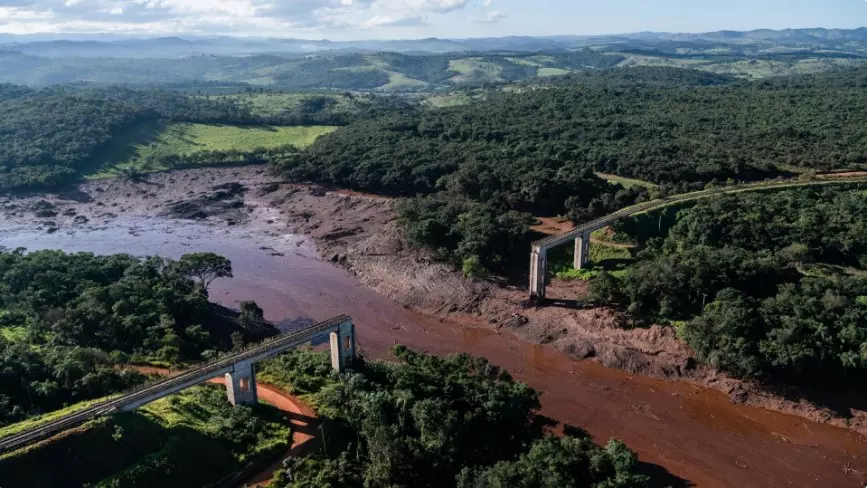Tailings dams accident? Never again!

According to the database of the CSP2 (Centre for Science and Public Participation, http://www.csp2.org/tsf-failures-from-1915), created after the increasing frequency of high-consequence tailings failure events post-1990, from 1915 to 2019 344 tailings dams failures took place, with 9 very serious incidents between 2010 and 2019.
The problem gained recognition in 1960-1970 due to the increased mining activity after the war; nowadays it is still an open issue, as the demand for tailings dams and addressed volumes grows and consequently the related risk.
Many projects and studies are addressing the issue of a sustainable management of mine tailings, as, for example, the one run by NGI (Norvegian Geotechnical Institute, https://spark.adobe.com/page/plAIOgPCgfKvI/) or the creation of the Global Tailing Portal, where all the disclosures available about tailings dams in the world are reported (https://tailing.grida.no/).
The failure rate of tailings dams is estimated to be 10 to 100 times higher than the failure rate of other earthen dams, due to the construction procedure, using unselected materials resulting from mining activities and raising the dam in different stages to increment the storage capacity.
According to the recorded incidents, overtopping, slope instability, seepage and foundation failures are the most common failure mechanisms in tailings dams; but what significantly emerged from the analysis of the occurrences, is that there have been no unexplained failure events.
The problem of how to improve security level in tailings dams is a primary issue faced by the whole society. The integrity and safety of tailings dams is function of design, efficient operations and continuous monitoring.
Excepting for the seismically induced failure, all the failure modes can be monitored, and their risk can be considerably lowered through high-frequency monitoring of the significant parameters.
The parameters that play a role in the instability of a tailings dam are: the phreatic surface or water level, the seepage flow, the pore water pressure, the surface or internal movements. These parameters are normally monitored with punctual measurements, such as piezometers, elevation gauges, flow meters, extensometers, inclinometers, shear strips. These kinds of instruments provide accurate values of the parameters, but only in the point of the measurements, and they cannot be used to cover large parts of the structure.
New technologies have been implemented in last decades, such as Ground Penetrating Radars, terrestrial Lidar, seismic sensors, InSAR, total stations, but there are some limits connected to these technologies. GPR for examples, works well with regular surfaces, but has a low penetration depth and, as total stations, is operator dependant. Terrestrial Lidar can give false alarms with open tailings dams, but can work efficiently in closed sites, even if it does not provide an insight about the ongoing inner processes. Seismic sensors are not suitable for active mines, where false alarms can be triggered. InSAR is very useful to take under control the topography of the dam, but it has a low rate of acquisition (8-12 days), unsuitable for sudden changes.
Real-time monitoring is the key for obtaining a complete and detailed picture of the situation, with remote working devices programmable and consultable via web platforms.
A new disruptive equipment can now fulfil the technological gap in the field of tailings dams monitoring: G.Re.T.A. (Geoelectrical Resitivimeter for Time-lapse Analysis), the new geo-resistivimeter designed by LSI-Lastem for fixed installations.
The device, based on the Electrical Resistivity Tomography (ERT) method, measures the resistivity of the subsoil over time in an autonomous way, sending recorded data through to a cloud-based software for storage and analysis. G.Re.T.A. can be used also as an early warning system, thanks to the possibility of setting resistivity variation thresholds to be used to trigger alarm messages.
The soil resistivity varies with water content, creation of voids and presence of fluids, such as pollutants that are precisely the most critical factors in tailings dams monitoring.
G.Re.T.A. is a real breakthrough technology in tailings dams monitoring, a new powerful tool to put under control, in real time, those processes occurring inside the dam body that may influence its structural integrity while helping in preventing the risk of failure.
To learn more: https://papers.acg.uwa.edu.au/p/2025_28_Certo/
